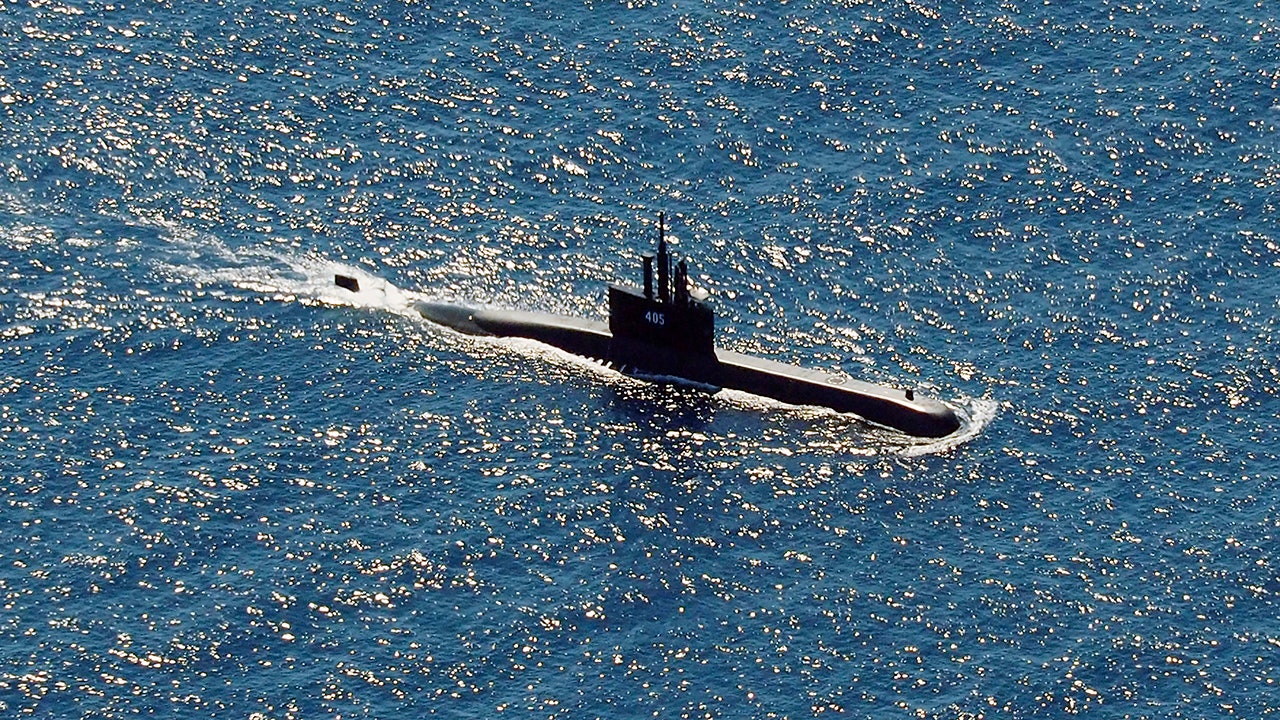From the
B&G DST-800 instructions: "Attach the safety wire to one eye in the hull nut. Keeping the wire taut throughout, lead the wire in a counterclockwise direction and thread it through one eye in the cap nut. Thread the wire through the eye a second time. Then lead the wire through the eye in the insert. Twist the wire securely to itself."
If the particular transducer you have does not have an eye in the insert, you could run the safety wire from the base through the screw ring (counter-clockwise) and then back down to the base (still counter-clockwise) to prevent the insert from popping out. Alternatively, one normal counter-clockwise wire from the base to the screw ring and then a second wired
clockwise from the base to the screw ring would be the same effect. With two taut wires going 360 degrees, it will strongly resist the forces trying to push the insert up and out.
Given the seriousness of the situation if that transducer pops out, I will be safety wiring mine.


